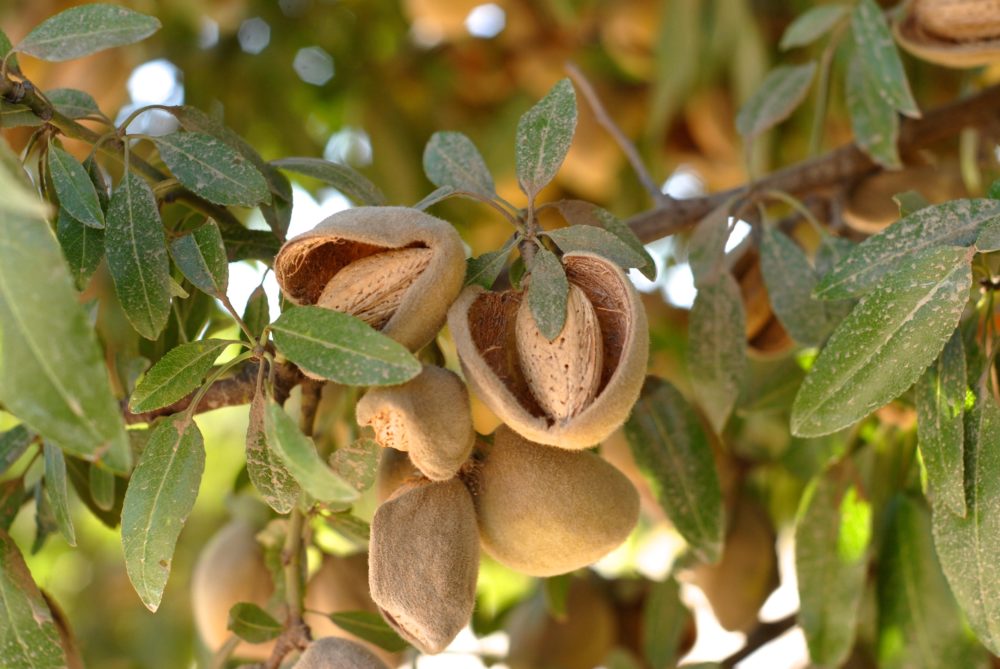65% Percent Water Allocation for Westlands with 163 Percent Snow Pack
Statement on Bureau of Reclamation’s April Water Allocation Announcement
News Release from Westlands Water District
Today, the Bureau of Reclamation announced the water allocation for south-of-Delta Central Valley Project agricultural water service contractors is being increased to 65%. In light of current hydrologic and reservoir conditions, this minor increase is astonishing.
Thomas Birmingham, Westlands Water District’s general manager, stated: “This announcement begs the question, what has to happen before south-of-Delta farmers served by the Central Valley Project can get a full supply?”

With San Luis Reservoir full and flood flows coming, the 65 % allocation was more than disappointment.
Since October 1, the beginning of the current water year, California has been blessed with abundant precipitation; the 2018-19 water year is now classified as wet. As of April 8, the snow water content in the northern and central Sierra Nevada was 160% and 163% of the long-term average, respectively. Storage in every CVP reservoir used to supply south-of-Delta CVP agricultural water service contractors was more than 100% of average for that date. Indeed, these reservoirs were and remain in flood control operations.
Birmingham added, “I know that Reclamation staff understands the consequences of the decisions they make. Reclamation staff understands reduced allocations in a year like this needlessly increases overdraft in already overdrafted groundwater basins. Reclamation staff understands delayed allocation announcements make it nearly impossible for farmers to effectively plan their operations. If Reclamation’s leadership could, they would make a 100% allocation. But Reclamation’s hands are tied by restrictions imposed by biological opinions issued under the Endangered Species Act. These restrictions have crippled the CVP and have provided no demonstrative protection for listed fish species, all of which have continued to decline despite the draconian effect the biological opinions have had on water supply for people.”
Birmingham concluded, “Notwithstanding the restrictions imposed by the biological opinions, Westlands firmly believes that there is sufficient water to allocate to south-of-Delta agricultural water services contractors 100%. Today’s announcement by Reclamation is disappointing for every south-of Delta farmer served by the CVP, and we hope Reclamation will increase the allocation quickly to enable farmers to quit pumping groundwater.”
After 2019, no one will be able to argue that water supply reductions for south-of-Delta CVP agricultural water service contractors are a result of hydrologic conditions. This year demonstrates only too well the crippling consequences of ineffective and unchecked regulations. Because of restrictions imposed on operations of the CVP under the guise of protecting fish, the CVP cannot be operated to satisfy one of the primary purposes for which it was built, supplying water to farmers.












